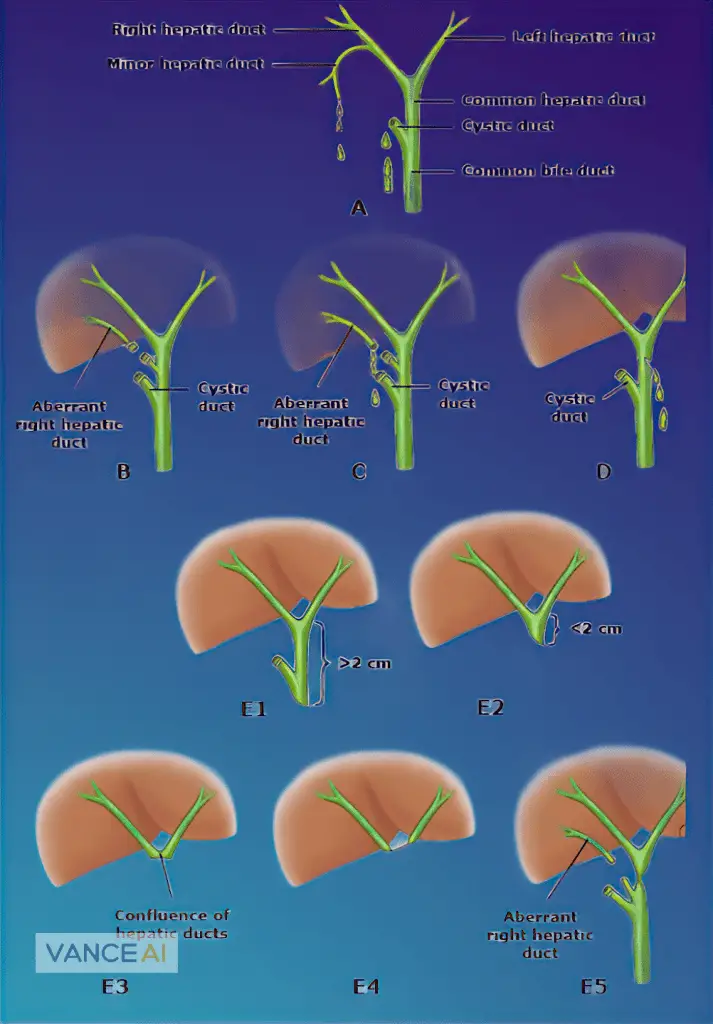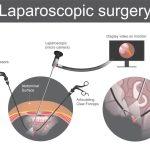Charmin Ultra Soft Cushiony Touch Toilet Paper, 24 Family Mega Rolls = 123 Regular Rolls
7% OffIntroduction
Gallbladder surgery, also known as cholecystectomy, is a common procedure performed to remove the gallbladder due to various reasons such as gallstones or inflammation. While this surgery is generally safe and effective, there is a risk of bile duct injuries, which can have severe consequences for the patient. In this article, we will explore the causes, symptoms, treatment options, and preventive measures related to bile duct injuries during gallbladder surgery.
Understanding Gallbladder Surgery
Gallbladder surgery is performed to alleviate symptoms caused by gallstones, inflammation, or other gallbladder-related conditions. The procedure involves the removal of the gallbladder, a small organ located beneath the liver that stores bile. Bile plays a vital role in digestion by aiding in the breakdown of fats. However, during the surgical removal of the gallbladder, there is a possibility of damaging the bile ducts, which are responsible for carrying bile from the liver to the small intestine.
The Importance of the Bile Duct
The bile ducts are a network of tubes that transport bile from the liver to the small intestine. They play a crucial role in the digestive process by facilitating the release of bile into the intestines to aid in the digestion and absorption of fats. Bile duct injuries can disrupt this essential function, leading to various complications and discomfort for the patient.
Causes of Bile Duct Injuries
Bile duct injuries during gallbladder surgery can occur due to various reasons, including:
- Anatomical variations: The bile ducts can have variations in their anatomy, making them more susceptible to injury during surgery.
- Surgeon’s experience: Inexperienced surgeons or those lacking proper training in laparoscopic techniques may inadvertently cause damage to the bile ducts.
- Surgical instruments: Improper use or positioning of surgical instruments during the procedure can lead to unintended injuries to the bile ducts.
- Scar tissue: Adhesions or scar tissue from previous surgeries can make the identification and dissection of the bile duct more challenging, increasing the risk of injury.
Types of Bile Duct Injuries
Bile duct injuries can vary in severity and type. The following are the commonly observed types of injuries:
- Lacerations: A laceration refers to a cut or tear in the bile duct, which can disrupt the flow of bile.
- Transections: Transections occur when the bile duct is completely severed or cut during the surgery.
- Strictures: Strictures are narrowings or blockages in the bile duct, which can occur due to scarring or inflammation after the surgery.
- Leaks: Bile leaks happen when there is a hole or opening in the bile duct, leading to the leakage of bile into the abdominal cavity.
Symptoms and Complications
Bile duct injuries can cause various symptoms and complications, including:
- Jaundice: Yellowing of the skin and eyes due to the accumulation of bilirubin.
- Abdominal pain: Persistent or worsening pain in the abdomen.
- Fever and chills: Signs of infection.
- Itching: Pruritus caused by the buildup of bile salts.
- Nausea and vomiting: Digestive disturbances due to impaired bile flow.
If left untreated, bile duct injury can lead to serious complications such as infections, liver damage, and even death in severe cases.
Diagnosing Bile Duct Injuries
Diagnosing bile duct injuries may involve various tests and procedures, including:
- Imaging tests: Ultrasound, magnetic resonance cholangiopancreatography (MRCP), or computed tomography (CT) scans can help visualize the bile ducts and identify any abnormalities or injuries.
- Blood tests: Liver function tests can provide valuable information about the functioning of the liver and the presence of any bile duct-related issues.
- Endoscopic retrograde cholangiopancreatography (ERCP): This procedure uses a specialized endoscope to examine the bile ducts and perform interventions if necessary.
Treatment Options
The treatment for bile duct injuries depends on the severity and type of injury. Options may include:
- Non-surgical interventions: In less severe cases, endoscopic procedures such as sphincterotomy, stent placement, or balloon dilatation can be performed to repair the bile ducts.
- Surgical repair: More complex injuries may require surgical intervention, including reconstruction or bypass procedures.
- Liver transplantation: In extreme cases where the damage to the bile ducts is extensive, a liver transplant may be necessary.
The appropriate treatment approach will be determined by the healthcare team based on the individual patient’s condition.
Prevention and Risk Reduction
Although bile duct injuries during gallbladder surgery can occur, there are measures that can help reduce the risk:
- Choosing an experienced surgeon: Opt for a surgeon who specializes in gallbladder surgery and has extensive experience in performing the procedure.
- Preoperative evaluation: Conduct a thorough preoperative evaluation, including imaging tests, to assess the anatomy of the bile ducts and identify any potential complications.
- Laparoscopic techniques: Minimally invasive laparoscopic techniques, when appropriate, can reduce the risk of bile duct injuries compared to open surgery.
- Intraoperative cholangiography: This imaging technique can provide real-time visualization of the bile ducts during the surgery, aiding in their safe identification and preservation.
Post-Surgery Care
After gallbladder surgery, it is crucial to follow post-operative care instructions provided by the healthcare team. This may include:
- Medications: Taking prescribed medications, such as pain relievers and antibiotics, as directed.
- Physical activity: Gradually resuming normal activities and avoiding strenuous exercises during the recovery period.
- Dietary adjustments: Following a recommended diet that supports the healing process and prevents digestive issues.
- Regular follow-ups: Attending scheduled follow-up appointments to monitor the healing process and address any concerns.
Recovery and Rehabilitation
Recovery from bile duct injuries during gallbladder surgery can vary depending on the extent of the injury and the chosen treatment approach. Rehabilitation may involve:
- Physical therapy: Rehabilitating the abdominal muscles and improving overall strength and mobility.
- Dietary modifications: Adapting the diet to accommodate changes in bile flow and aid digestion.
- Emotional support: Seeking counseling or support groups to cope with any emotional challenges associated with the injury and recovery process.
Seeking Legal Assistance
In cases where bile duct injuries during gallbladder surgery result from medical negligence or malpractice, it may be necessary to seek legal assistance. Consultation with a qualified attorney specializing in medical malpractice can help explore legal options and seek compensation for damages and ongoing medical expenses.
Conclusion
Bile duct injuries during gallbladder surgery can have serious consequences for patients, affecting their digestive function and overall well-being. It is essential for patients and healthcare providers to be aware of the risks, symptoms, treatment options, and preventive measures associated with these injuries. By choosing experienced surgeons, conducting thorough evaluations, and employing appropriate surgical techniques, the occurrence of bile duct injuries can be significantly reduced, ensuring a safer surgical experience for patients.
Frequently Asked Questions (FAQs)
- What are the common symptoms of bile duct injuries during gallbladder surgery? Common symptoms include jaundice, abdominal pain, fever, itching, and digestive disturbances like nausea and vomiting.
- How are bile duct injuries diagnosed? Diagnosis typically involves imaging tests, blood tests, and procedures like endoscopic retrograde cholangiopancreatography (ERCP).
- What are the treatment options for bile duct injuries? Treatment options range from non-surgical interventions, such as endoscopic procedures, to surgical repair and, in severe cases, liver transplantation.
Dr. Ahmed Raza, a renowned gastroenterologist with over 20 years of experience, is the dedicated founder of LifeWithNoGallbladder. With a passion for improving gallbladder health, Dr. Raza shares extensive insights, records, and guidance through his blog, providing individuals with the necessary information to make informed decisions.















